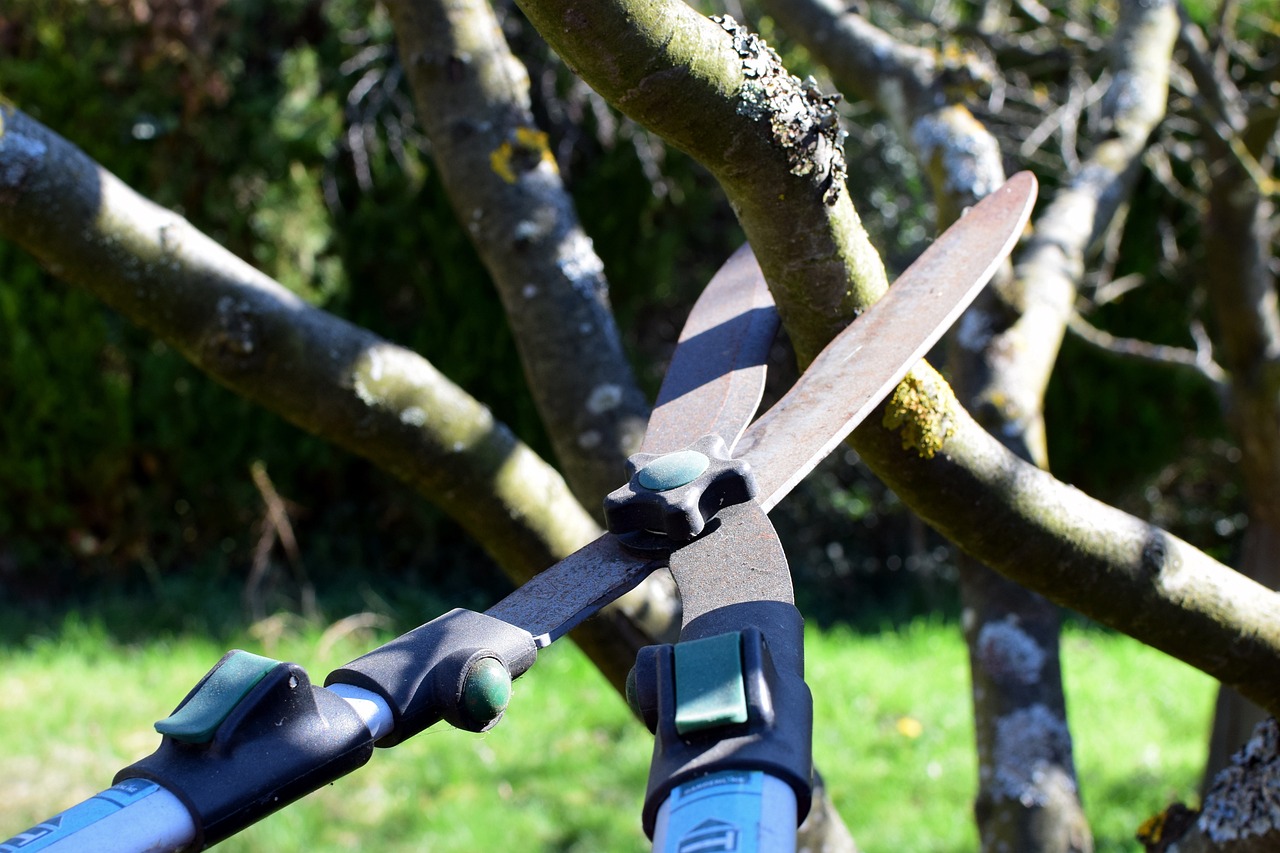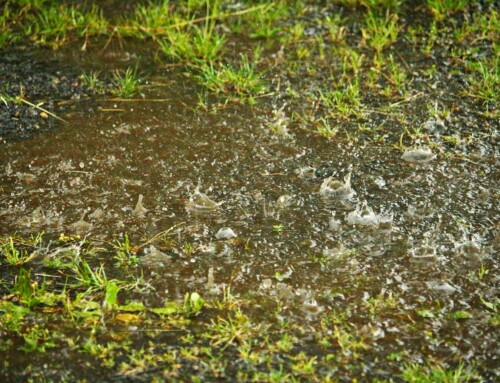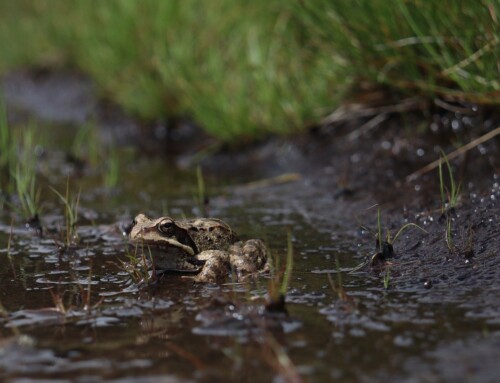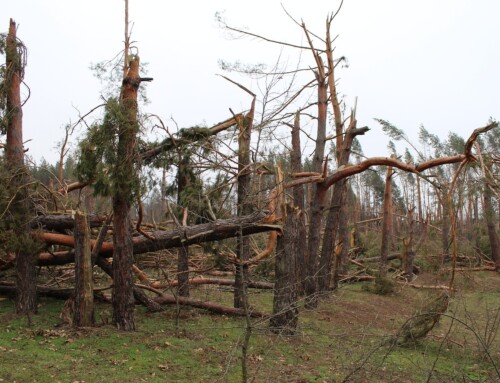There are many reasons to love living in Florida, but the likelihood of severe weather is always in the back of our minds. The Tampa Bay area is sometimes referred to as “the lightning capital of the United States” – and whether or not it is true, there is no denying that we experience some wild weather. Each year, residents prepare for hurricane season by hurrying to cover their windows and collect supplies. However, preparing trees for the wind and rain is a less common activity.
Why should homeowners prepare their trees for the storm season? When subjected to high winds, trees often cause significant damage, whether by falling on houses or cars or tearing down power lines. By taking some precautions, Florida homeowners can minimize the opportunity for trees to cause property loss or injury.
When to Prepare Your Yard
While dangerous storms (and even hurricanes) can happen at any time, they are most likely during the summer and early autumn months. Hurricane season officially runs from June through November 30 annually, but residents should begin preparing trees in the months prior, such as early spring.
If trees are small enough, they can be easily cared for, but you may wish to hire a certified arborist for very tall trees in the yard.
Several Methods for Preparing Trees
Landscaping Choices: One of the best ways to proactively hurricane-proof your yard is to select the right trees from the start. Choosing trees that are naturally wind-resistant will go a long way toward prevention. The most hurricane-safe plants have a wide base, flexible branches, and trunks that are at least 12 inches in diameter. You can also plant trees in groups of three or more, leaving space for each individual tree to grow – but close enough to provide stability to each other when winds increase. Expert Tip: Give trees enough space for their roots, and make sure they are at least 20 feet from power lines. Trees should also be placed at an adequate distance from the house, if possible, to prevent damage to the structure. Some trees that horticulturalists consider more hurricane-resistant include royal palms, sabal palms, and cabbage palms; as well as willows and poplars. Evergreen trees snap easily and should be avoided when possible.
Trimming and Pruning: Healthy trees with healthy branches can typically endure hurricane-force winds. One of the best ways to maintain the health of your trees is to prune and trim them prior to the start of the season. Pruning refers to the removal of damaged or dead branches from a tree. Branches that are broken or split should be removed, as should deadwood and loose branches that can break off and cause damage during a severe storm. When pruning palm trees, all dead fronds should be removed as they are more likely to break off during the storm. Cultivating a dense canopy can also increase the wind resistance of a group of palm trees. Expert Tip: Decayed bark, weak branches, and V-shaped branches also indicate areas of weakness that should be removed prior to the start of the season.
Wrapping: Utilizing hurricane straps or hurricane tape to wrap a tree will help keep it together if it falls and prevent loose debris from flying about.
Clean-Up After a Hurricane
After a hurricane, it is important to clean up fallen trees, branches, and leaves. Uprooted trees, typically identified by an exposed root ball, should be removed immediately. If a tree is still standing but badly damaged, it may also need to be removed. A professional tree service can offer recommendations on how to save trees if possible.
The Veransa Group is proud to partner with Florida municipalities not only to clean up organic wood waste after major storms but also to efficiently and responsibly recycle those materials into nutrient-rich composts and soil amendments. We also encourage area residents to collect and drop off their yard waste at one of our five area locations. (Sarasota, Fort Myers, Clearwater, Tampa, and Seffner)




